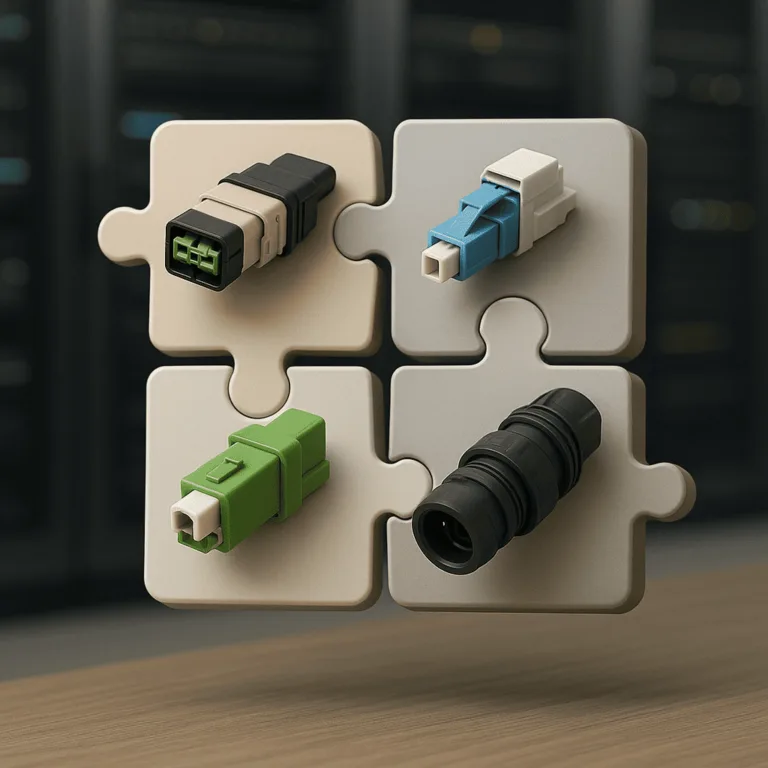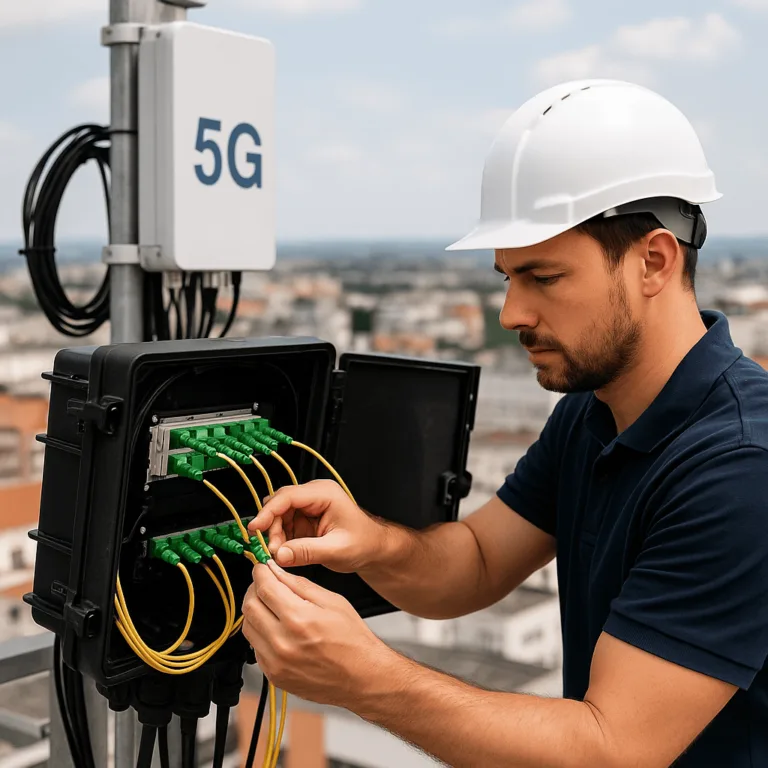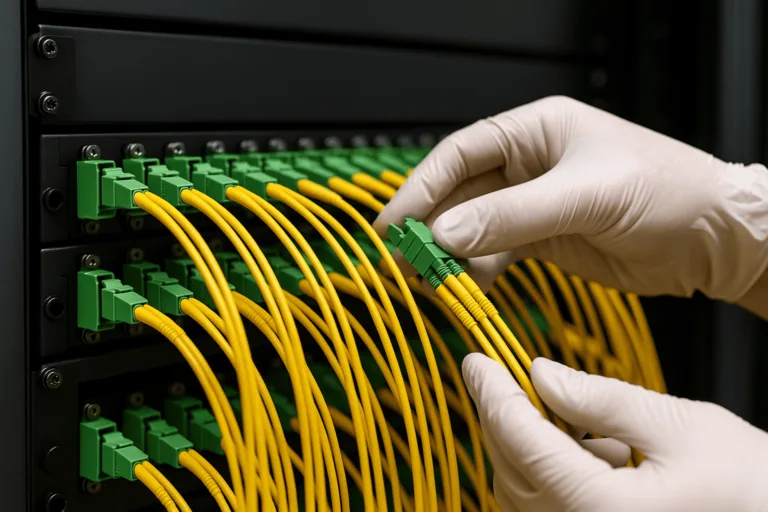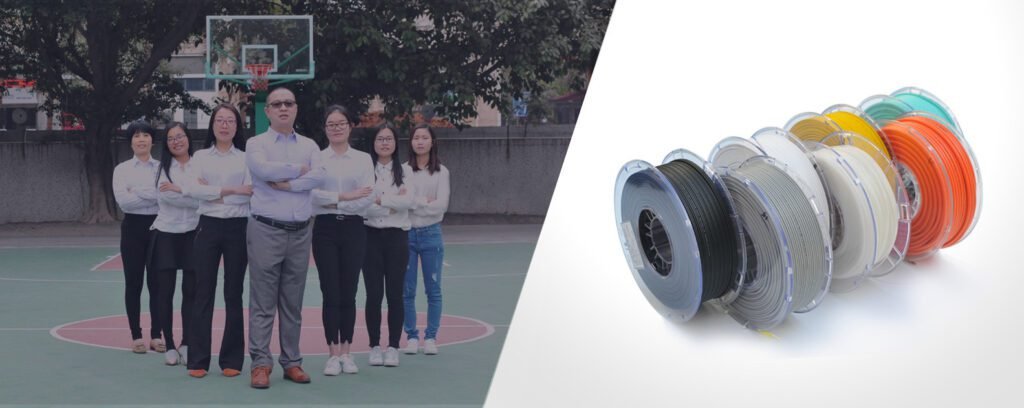How Can You Diagnose and Repair Faults in Fiber Optic Cables?

Fiber optic cables are the backbone of modern telecommunications[^1], but what happens when they falter? Diagnosing and repairing these faults can be complex. How can you efficiently identify and resolve these issues to ensure seamless connectivity?
Diagnosing and repairing faults in fiber optic cables involves using tools like Visual Fault Locators (VFLs)[^2] and Optical Time-Domain Reflectometers (OTDRs)[^3], along with professional repair services. These methods help locate and fix issues like breaks, poor splices, or damaged connectors, ensuring minimal disruption to network operations.
Imagine a bustling city where every communication channel relies on fiber optics. A single fault can disrupt everything from emergency services to daily communications. But with the right tools and expertise, these faults can be swiftly diagnosed and repaired, restoring the city's digital pulse.
What Are the Key Tools for Diagnosing Fiber Optic Cable Faults?
Effective diagnosis of fiber optic cable faults hinges on the use of specialized tools. Two primary devices are the Visual Fault Locator (VFL) and the Optical Time-Domain Reflectometer (OTDR). These tools provide crucial insights into the health of fiber optic networks, helping technicians address issues swiftly.
VFLs and OTDRs are essential for diagnosing fiber optic cable faults. VFLs inject visible light to identify breaks or poor splices, while OTDRs measure signal reflections to pinpoint complex faults. Together, they provide comprehensive diagnostic capabilities.
Visual Fault Locator (VFL)
A VFL is a laser-powered device that injects visible light into fiber optic cables, aiding in the identification of breaks, poor splices, and damaged connectors. Here's how it works:
- Operation: VFLs operate in continuous or flash mode, checking continuity and identifying breaks or poor splices.
- Distance: Effective over distances up to 5 km, they work with both multi-mode and single-mode fibers[^6].
- Usage: Technicians use VFLs to test spliced locations, connector linkages, and along fiber cable lengths.
Time-Domain Reflectometer (OTDR)
OTDRs[^7] are employed for more complex or distant faults. They measure the time taken for light signals to bounce back from faults, providing detailed fault location and nature information.
- Functionality: OTDRs analyze reflections to detect faults, offering visual traces that help pinpoint issues.
- Application: Ideal for long-distance fault detection, complementing VFLs for comprehensive diagnostics.
How Can Professional Repair Services Improve Fault Resolution?
When it comes to repairing fiber optic faults, relying on professional services can be a game-changer. These services offer specialized expertise and equipment to address complex issues efficiently, minimizing downtime and costs.
Professional repair services for fiber optics offer cost-effective solutions for cable assemblies[^8]. They provide evaluation, repair, and emergency services, ensuring optimized network performance and reduced downtime.
Professional Repair Services
Several companies specialize in fiber optic repair services, offering evaluation and repair of various cable assemblies such as SMPTE, TFOCA-II, and Expanded Beam[^9].
- Evaluation and Repair: Companies like FIS Blue offer testing and repair, saving costs compared to full replacements.
- Emergency Services: Providers like Fiber.Repair offer 24/7 emergency repairs, ensuring quick resolution of critical issues.
Tips for Resolution
To ensure effective fault resolution, consider these tips:
- Use High-Quality Components: Opt for high-quality connectors and switches[^10] to minimize errors and signal loss.
- Quality Fiber Splicing: Engage in quality splicing to reduce attenuation losses.
- Replace Damaged Cables: Re-cladding or replacing cables may be necessary for severe damage.
- High-Quality Transmitters and Receivers: Ensure these components maintain signal strength over time.
What Additional Resources Are Available for Fiber Optic Fault Management?

Beyond tools and services, numerous resources are available to support fiber optic fault management. These include training, support[^11], and consultation services to help technicians optimize their diagnostic and repair capabilities.
Companies like VIAVI Solutions offer training and support for fiber optic tools, while Fiber.Repair provides consultation on optimizing network performance. These resources enhance fault management capabilities.
Training and Support
Organizations like VIAVI Solutions provide comprehensive training[^12] and support, helping technicians effectively use VFLs, OTDRs, and other diagnostic tools.
- Training Programs: Offer hands-on experience with diagnostic tools, enhancing technicians' capabilities.
- Support Resources: Provide ongoing support for troubleshooting and optimizing network performance.
Specialized Consultation
Some services offer specialized consultation, focusing on fiber optic sensing systems and broadcast solutions[^13].
- Consultation Services: Providers like Fiber.Repair offer expert advice on maintaining and optimizing entire networks.
- Network Optimization: Ensure networks operate efficiently with minimal downtime.
Conclusion
Diagnosing and repairing faults in fiber optic cables requires a blend of specialized tools, professional services, and additional resources. Tools like VFLs and OTDRs are crucial for pinpointing faults, while professional repair services offer cost-effective solutions for complex issues. Training and specialized consultation further support efficient fault management, ensuring network reliability and performance. By leveraging these strategies, telecom engineers and product managers can maintain seamless connectivity and minimize disruptions in their fiber optic networks.
[1]:Provides context and relevance of fiber optics to telecommunications.
[2]:Explains how VFLs work and their role in fiber optic diagnostics.
[3]:Describes OTDR functionality and benefits for fault detection.
[4]:Discusses differences to clarify terms for readers.
[5]:Offers insights into OTDR operations for pinpointing fiber cable faults.
[6]:Explains specific types of cable assemblies involved in repairs.
[7]:Details on components' importance in minimizing signal loss.
[8]:Provides information on programs that enhance technicians' skills.
[9]:Explains applications of fiber optic technology in various fields.







